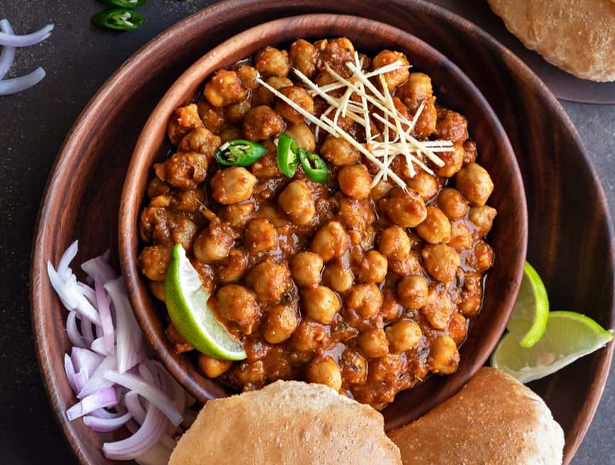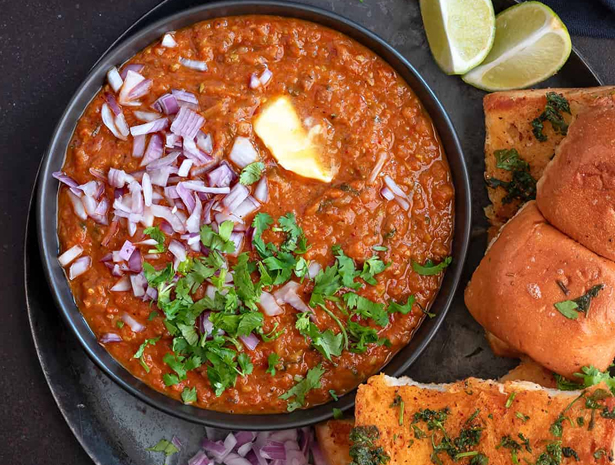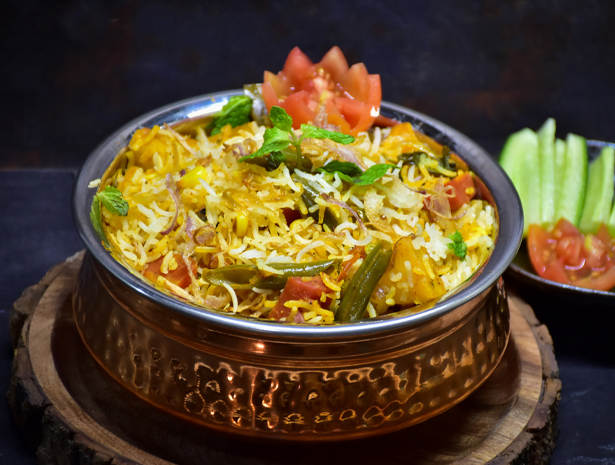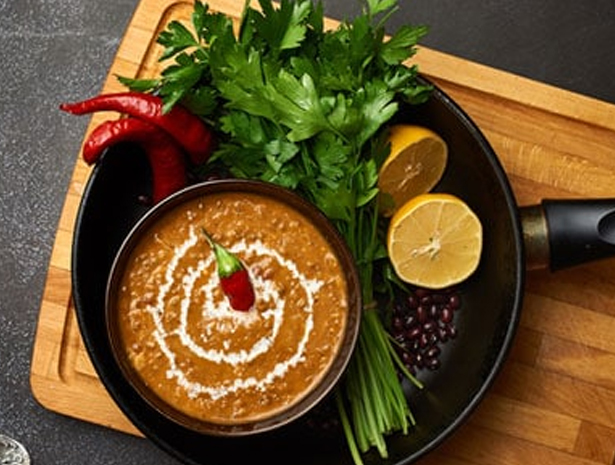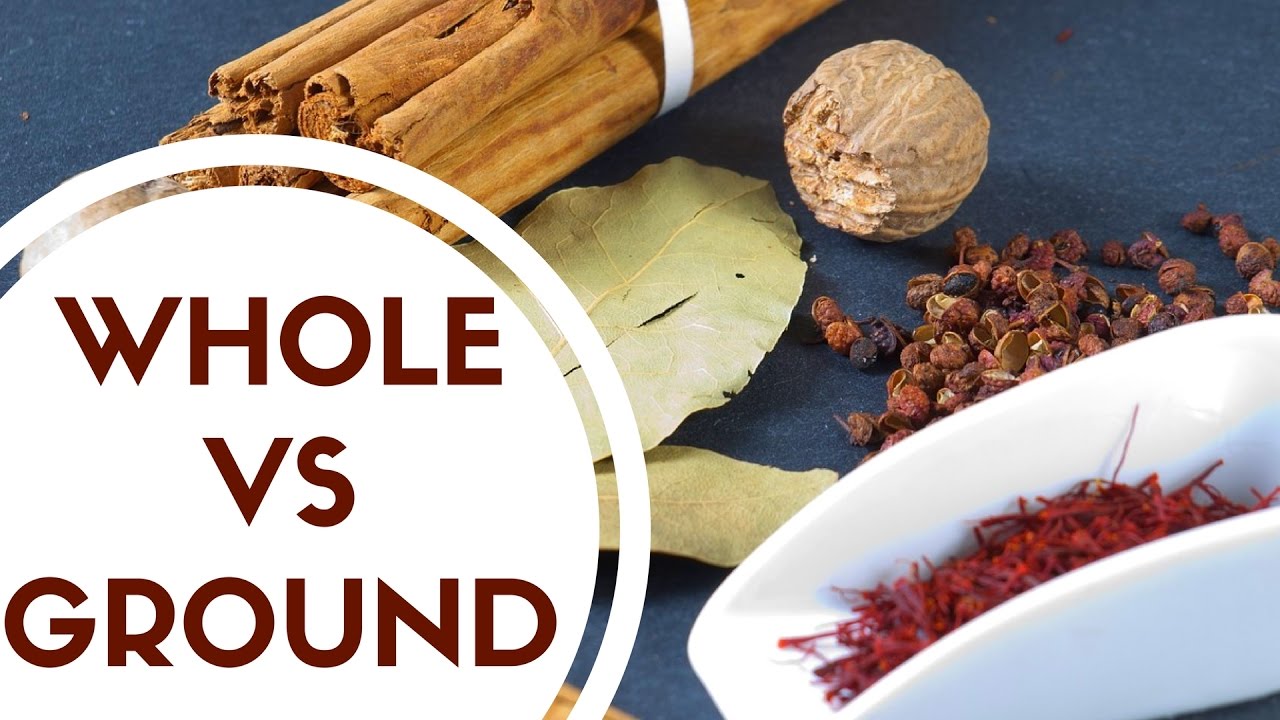Introduction
As a chef, food manufacturer, or restaurant owner, understanding the difference between whole and ground spices can significantly enhance the depth and balance of your dishes. At Etiyash Spices, we supply both varieties—but knowing how to use them properly is key.
Whole Spices: Bold and Aromatic
Whole spices include ingredients like cumin seeds, fennel seeds, cardamom pods, and cloves. They offer stronger, more robust flavors because their essential oils remain locked inside until they’re ground or heated.
When to use:
- For tempering (tadka) in Indian dishes
- To infuse flavor in long-cooked curries and stews
- In spice blends that require grinding fresh (e.g., Garam Masala)
Advantages:
- Longer shelf life
- More control over flavor intensity
- Ideal for pickling, teas, and marinades
Ground Spices: Convenience with Depth
Ground or powdered spices such as turmeric, red chili, and coriander are essential in fast-paced kitchens. They blend evenly and offer instant flavor release.
When to use:
- To create uniform flavor throughout a dish
- In quick stir-fries, soups, or sauces
- When time or labor is limited
Advantages:
- Time-saving
- Easy to measure and store
- Consistent taste across batches
Quality at Etiyash
All our spices—whole or ground—are processed in state-of-the-art facilities under strict hygiene standards. We retain essential oils during grinding to ensure maximum freshness and potency.
Conclusion
Both whole and ground spices have their place in a well-stocked kitchen. Understanding their unique roles allows chefs to create more flavorful, aromatic, and authentic dishes. Etiyash offers the best of both worlds—with premium sourcing, precision processing, and guaranteed quality.

